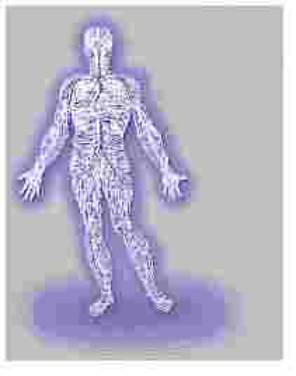2. Uso di cellule Staminali
-
Obtaining
stem
cells from umbilical
cords is far less controversial than sourcing them from embryos.
-
The
use of stem cells derived from embryos evokes strong opposition from
those who maintain that embryos deserve full human status.
-
Use
of stem cells as an adjunct in the treatment of numerous types of cancer, including brain
tumors, ovarian cancer, various solid tumors, multiple myeloma, breast
cancer, and non-Hodgkin's lymphoma.
-
The
adult stem cells are purified from bone marrow or circulating blood,
preferably from the patient, and, after treatment to destroy the cancer
cells, the patient is given back their own purified stem cells.
-
Adult
stem cells have also been used successfully to treat several autoimmune
diseases such as multiple
sclerosis, systemic
lupus, juvenile rheumatoid arthritis,
and rheumatoid
arthritis, as well as anemias.
-
Prentice
cited an August report that indicated that the bone marrow stem cells could
be changed into neurons that proliferate in cell culture
-
Scientists
from Duke University Medical Center in the US used a cocktail of steroids
and growth factors to retrain cells that would normally form fat
tissue into another type of cell known as a chondrocyte, or cartilage
cell.
-
When
genetically engineered growth
factor-producing cells were injected into the brains of
monkeys, deterioration was reversed in up to 92 percent of diseased brain
cells. Nerve cell grafts may repair spinal cord injury i.e. a group of
proteins named netrins that act as long-range guidance signals for sprouting
nerve cells during development may lead to treatments for regenerating
nerves after injury and refined methods of nerve grafting and
transplantation.
|